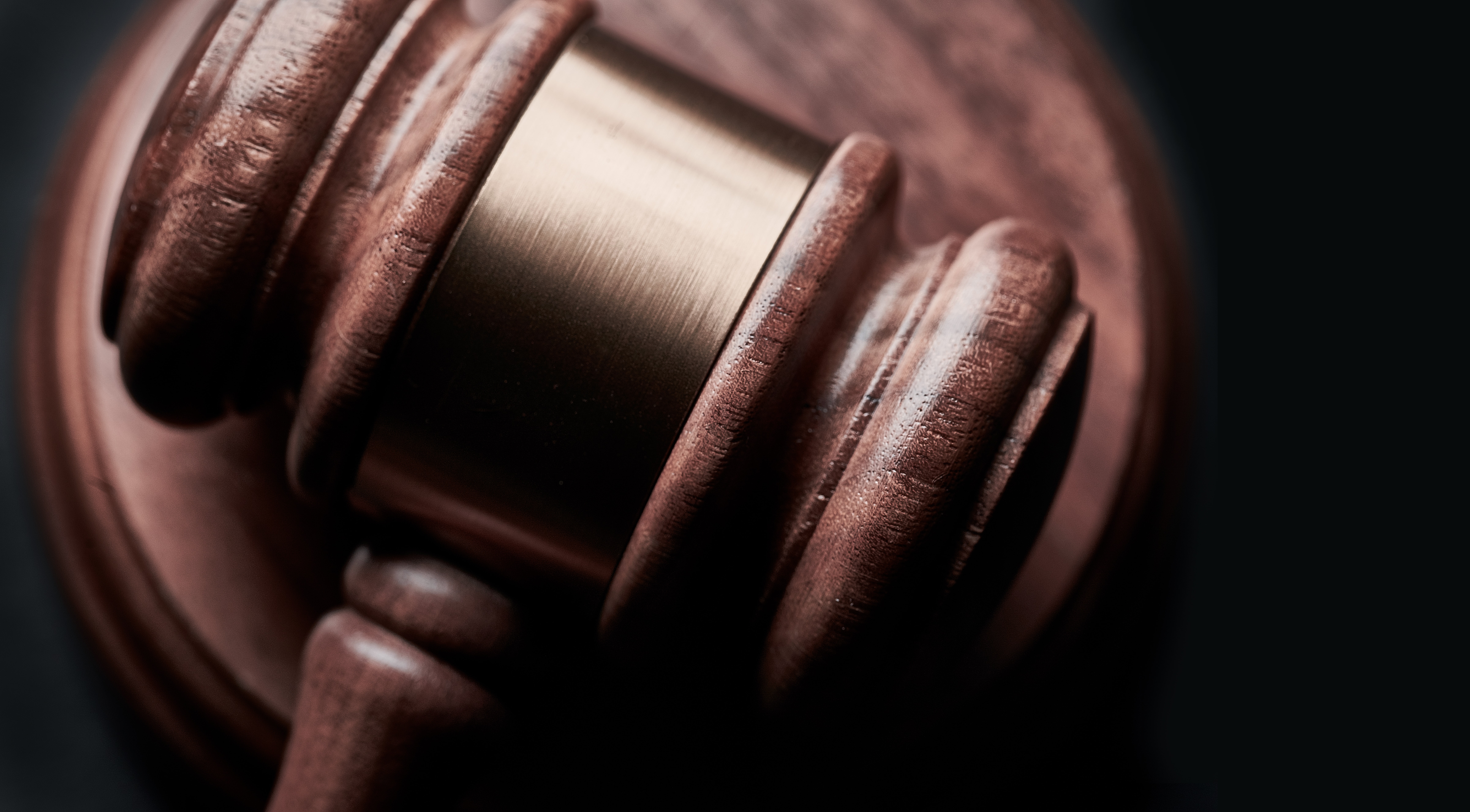 Seyfarth Synopsis: In a case of first impression, the Ninth Circuit held that the continued use doctrine is available under the DTSA, and the court permitted a plaintiff to raise a DTSA claim for misappropriation of trade secrets even though the initial misappropriation allegedly occurred before the DTSA was passed. The Ninth Circuit also held that a patent application may preclude a DTSA claim when the plaintiff does not claim that any trade secret information was misappropriated beyond what was included in the patent application.
Seyfarth Synopsis: In a case of first impression, the Ninth Circuit held that the continued use doctrine is available under the DTSA, and the court permitted a plaintiff to raise a DTSA claim for misappropriation of trade secrets even though the initial misappropriation allegedly occurred before the DTSA was passed. The Ninth Circuit also held that a patent application may preclude a DTSA claim when the plaintiff does not claim that any trade secret information was misappropriated beyond what was included in the patent application.
The federal Defend Trade Secrets Act (“DTSA”) was enacted on May 11, 2016, and it provides employers with a private right of action for “any misappropriation of a trade secret … for which any act occurs on or after the date of the enactment of [the] Act.” Recently, the Ninth Circuit Court of Appeals, in a case first impression, answered the question of what happens when the defendant allegedly first misappropriated the plaintiff’s trade secrets before the DTSA went into effect and continued the misappropriation after the effective date. The court also looked at the effect a patent application (which is available to the public) has upon a claim for trade secret misappropriation under the DTSA.
Case Summary
In Eli Attia, et al. v. Google, LLC, the Ninth Circuit recently examined two questions:
- May a plaintiff bring a DTSA claim for the continued misappropriation of trade secrets that occurs after the DTSA went into effect, even if the initial misappropriated occurred before the DTSA was effective?
- Does the publication of a patent application containing the trade secrets at issue in a DTSA claim prevent the plaintiff from asserting the DTSA claim?
The Ninth Circuit answered “No” to the first question and “Yes” to the second question.
First, the Court determined that a DTSA claim may arise from continued misappropriation that occurred after the DTSA went into effect even if the initial disclosure of the trade secret occurred before the DTSA was passed. The court noted that the Uniform Trade Secrets Act (“UTSA”) contains an anti-continued use provision, which makes clear that the UTSA does not cover misappropriation that began before the effective date of the statute. The court found it relevant that despite Congress’s intimate familiarity with the UTSA, Congress did not include a similar anti-continued use provision in the DTSA. The court explained:
That [Congress] did not include such a provision in the DTSA evinces congressional intent for the statute to apply also to post-enactment misappropriation that began prior to enactment. Accordingly, we hold that the misappropriation of a trade secret prior to the enactment of the DTSA does not preclude a claim arising from post-enactment misappropriation or continued use of the same trade secret.
Second, the Ninth Circuit held that when the alleged trade secret is published in a patent application, it loses its trade secret protection and becomes public knowledge. Accordingly, a plaintiff may not maintain a DTSA claim for misappropriation of a trade secret that was also included in a patent application—provided the plaintiff cannot show that the defendant misappropriated more information than what was included on the patent application.
Takeaways
Employers contemplating DTSA claims—as well as those facing potential DTSA claims—should be aware of the potential for the continued use doctrine under the DTSA. However, as time goes by and we move further from the time of the DTSA’s enactment, the number of cases that may be implicated by the continued use doctrine under the DTSA will dwindle. More importantly, employers should ensure that any alleged DTSA claim rests on more than what was disclosed in a patent application (and employers faced with DTSA claims should consider whether a prior patent application can support their defense).